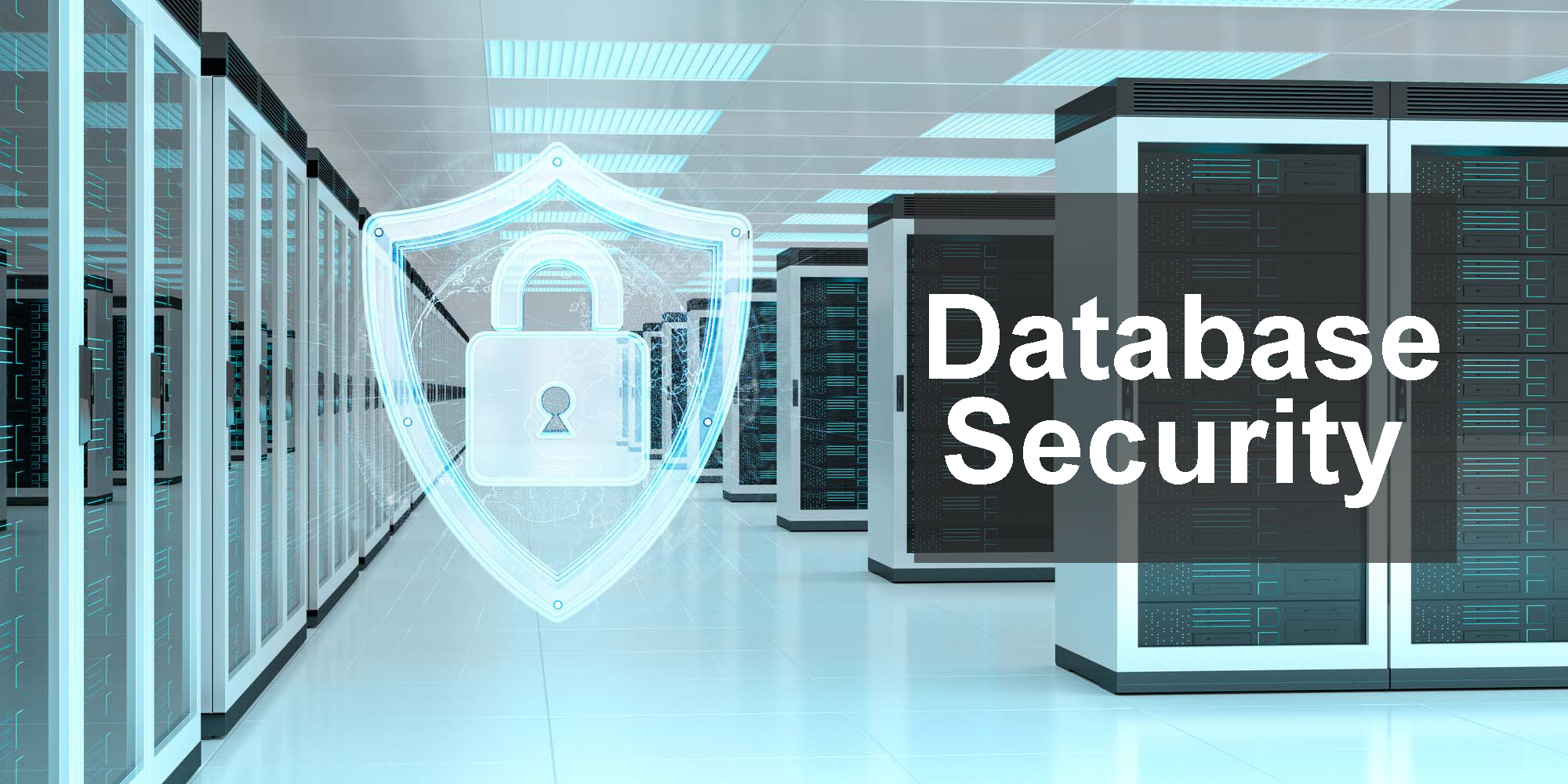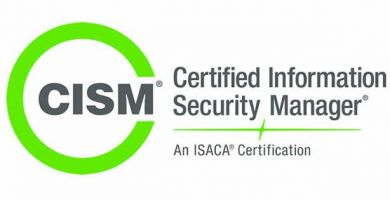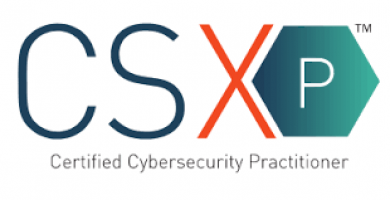
Database Security
At the heart of every computing system lies a database. They allow data to be retained and shared electronically. So unsurprisingly, they are constantly growing as more and more data is stored there. Given the wealth of information they contain, it is also unsurprising that database security issues are amongst the highest priorities of any successful cybersecurity plan.
What is a database (DB)?
A database is a collection of information, stored and accessed electronically from a computer system.
What is database security?
Database Security is a broad range of information security controls to protect databases and the information they contain against compromises of their confidentiality, integrity, and availability.
Database security can be summed up in three words: confidentiality, availability, and integrity. It strives to ensure that only authenticated users perform their authorized activities at the scheduled, authorized times. A successful plan encompasses the system, processes, and procedures intended to protect the database from unintended or unauthorized activity.
While most people are aware of the importance of data protection, many are unsure of the best way to go about it. In truth, there are many database security controls available.
Here are some tips for hardening database security.
1. Secure physical database server: The physical server house in a secured, locked and monitored environment to prevent unauthorized access. Any business application and web servers host on separate servers.
2. Set database servers behind firewalls: The firewall ports only open to a specific application or web servers, clients do not have direct access. It is important to have an administrator and security officer maintain and review the server regularly.
3. Keep current with database software: Maintain security patch levels in a timely fashion.
4. Encrypt restricted data: Encrypt restricted data during transmission over the network.
5. Review application code: Security office review application code for SQL injection vulnerabilities.
6. Audit database: Audit database logs regularly by an administrator or security officer.
7. Backup data: Backup data daily.
8. Plan ahead with data recovery: having data recovery plan and procedure in place. Test date recovery procedures periodically.
This is just the tip of the iceberg, and any effective strategy will need to utilize several different methods.
Schedule a free consultation with us, and we’ll work with you to design a database protection plan tailored to your network, that covers all of its key vulnerabilities while remaining within your budget.
About the Author: Michael Takacs
Headquarters
Empire State Building
Network Operation Center (NOC) Office
Powered by Ultratek Computers & Communications | Created by Top Web Designer | Marketed by Tri-State Web Marketing | Managed by MJJT Consultants
Copyright © 2019 Secured Transactions. All Rights Reserved.
 212 868-0688
212 868-0688

